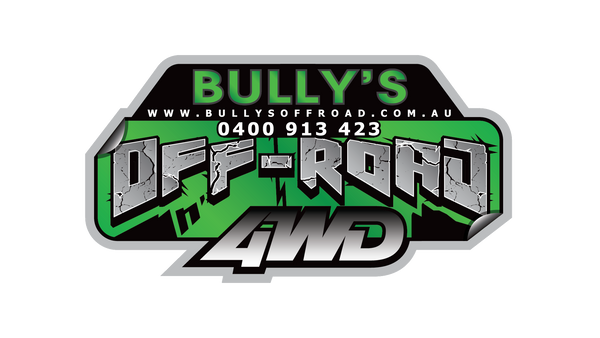When it comes to maintaining or upgrading your vehicle’s suspension, one of the most common questions we hear is: “Can I mix old and new suspension parts?” The short answer is you can — but it’s usually not a great idea.
Your suspension system is designed to work as a complete unit, with every component — from shocks and struts to springs and control arms — working together to provide stability, comfort, and handling. Mixing new and worn components can create an imbalance that affects performance, safety, and even the lifespan of your parts.
Why Mixing Old and New Suspension Parts Can Cause Problems
-
Uneven Wear and Performance
Suspension components wear out at different rates, but if you replace only one part (like a single shock or strut), the new part will behave differently from the old one. This imbalance can cause uneven handling, poor ride quality, and premature wear on both the new and old components. -
Reduced Stability and Safety
Suspension is all about balance. For example, if one side of your car has new shocks and the other side has old, the car may lean, dive, or sway more on one side, making it harder to control in emergency maneuvers or during braking. -
Increased Stress on Other Components
Mixing old and new parts can place extra strain on bushings, joints, and mounts. The new components will be working harder to compensate for the worn ones, which can lead to faster wear and more expensive repairs down the road.
When It’s (Sometimes) Okay to Mix Parts
There are a few situations where mixing may be acceptable:
-
Budget limitations: If you can only afford to replace one part now, and the rest later, it’s better to replace a damaged or dangerous component than none at all. Just make sure you plan to replace the rest soon.
-
Minor components: Replacing smaller suspension parts like sway bar links or bushings one at a time may be fine if the rest of the system is still in good condition.
-
Matched performance: If the new part has the same specifications, brand, and wear level as the existing components, it can work temporarily until a full upgrade.
The Best Practice: Replace in Pairs or Sets
To keep your suspension balanced and performing as it should:
-
Replace shocks and struts in pairs (both fronts or both rears).
-
Replace springs together, especially if one has sagged or broken.
-
Check bushings, mounts, and control arms while you’re at it — if they’re worn, it’s best to replace them too.
Final Thoughts
While it’s technically possible to mix old and new suspension parts, it’s not recommended for optimal performance or safety. Your suspension is a system — and like any system, it works best when all parts are in sync. If you’re unsure what to replace or how to match components, speak to a qualified mechanic or suspension specialist for advice tailored to your vehicle.

